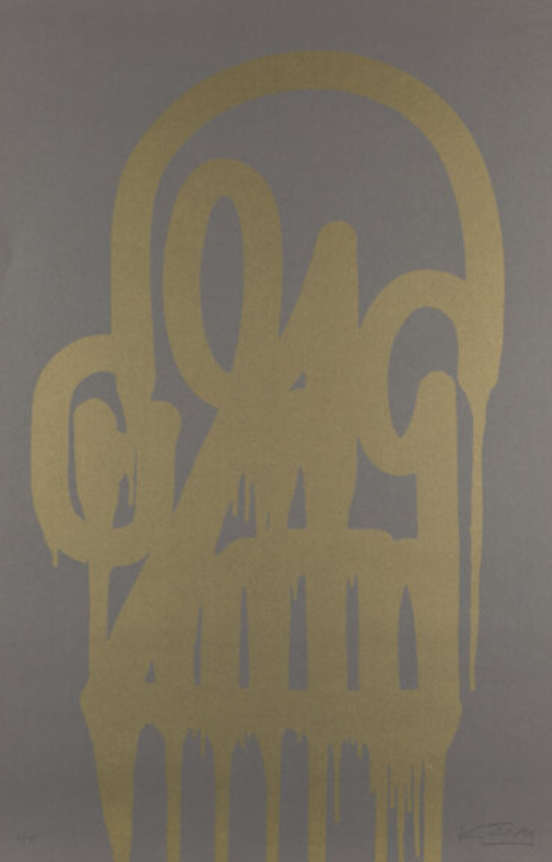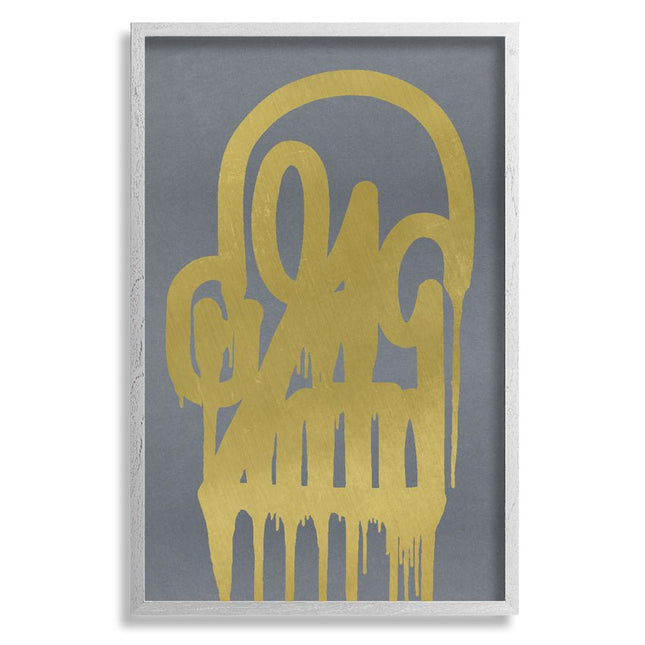
Understanding Drip and Melt in Art
Drip and melt effects have become synonymous with a raw street pop art and graffiti aesthetic. Artists utilize these techniques to convey movement, emotion, and sometimes the passage of time. The visual style is distinctive, characterized by paint that appears in a state of flux—dripping down the canvas or melting away from the main subject.
Historical Context and Evolution
Historically, deliberate drips in artwork can be traced back to the Abstract Expressionism movement, with artists like Jackson Pollock. However, the technique has been recontextualized in contemporary pop art and graffiti. It reflects a sense of impermanence and often acts as a commentary on the fast-paced changes in modern society. This evolution has seen drip-and-melt aesthetics move from the canvas to public spaces and back again, creating a dialogue between the outdoor and indoor art scenes.
Drip and Melt as a Symbol in Street Art
In street art, the dripping effect can symbolize various themes, from urban environments' decay to identity fluidity. Melted imagery often represents the idea that nothing is permanent; everything is subject to change and reinterpretation. This symbolism resonates with the transient nature of street art itself, which can be here today and gone tomorrow due to its often-illegal status and the elements it is exposed to.
Techniques and Mediums
Artists achieve drip and melt effects using a variety of techniques and mediums. Spray paint, with its inherent propensity to run when applied heavily, is a favorite for drips. Some artists use heat guns on materials like wax or plastic for melting effects. Others may simulate the effect using meticulous brushwork or digital manipulation, highlighting street pop artists' and graffiti writers' versatility and innovative spirit.
Contemporary Artists and Drip/Melt Imagery
Many contemporary artists have become known for their use of drip and melt imagery. Their work often goes beyond aesthetics, probing deeper into emotional expression and societal critique. In their hands, these techniques are transformed into a language of color and form that speaks to the viewer's heart, often leaving a lasting impact long after the initial encounter.


